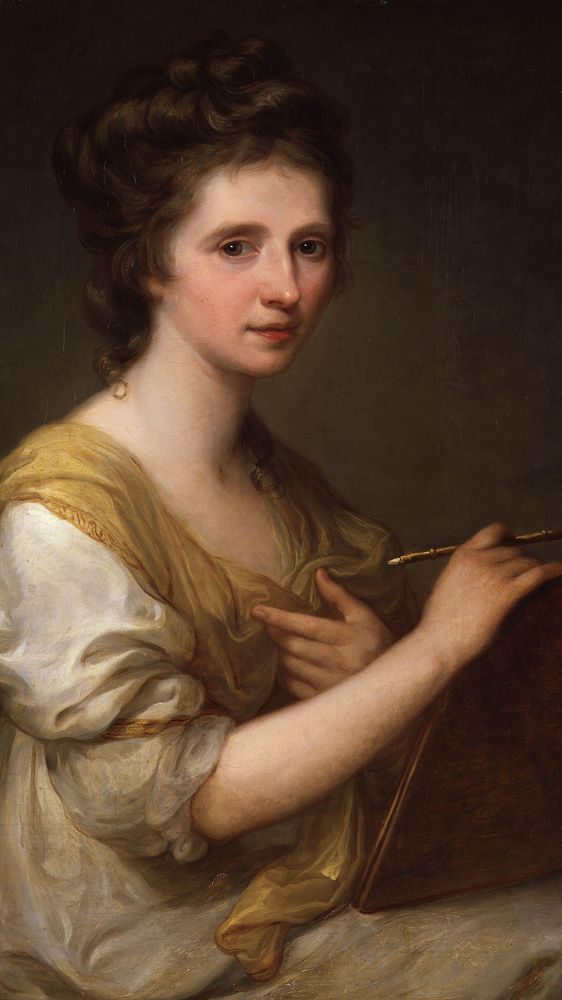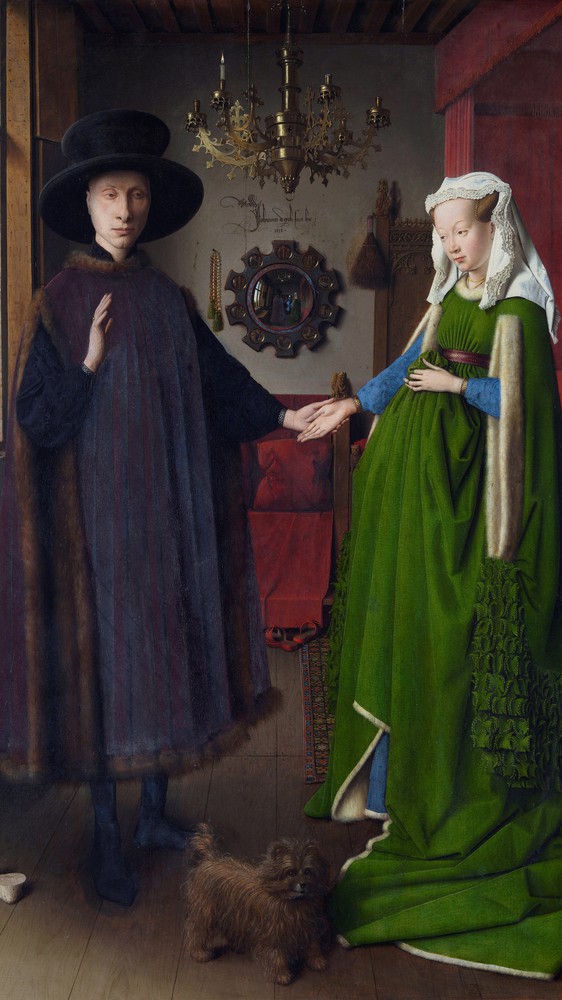The Baroque label covers a century and a half of artistic production, across the European continent. It includes the monumental altarpieces of Flemish artist Peter Paul Rubens, the elongated religious figures of Spanish painter El Greco, the dramatically lit paintings of Italian artist Michelangelo Merisi da Caravaggio, and the quiet domestic interiors of Dutch painter Johannes Vermeer.
Since the term encompasses such a broad range of styles, modern scholars debate whether it is adequately descriptive. Certain sub-categories have emerged to make sense of the period. For example, Flemish artists of that time—such as Rembrandt van Rijn, Anthony van Dyck, and Judith Leyster—are considered part of the Dutch Golden Age. The late Baroque, characterized by extreme ornamentation and theatricality, is called Rococo. And other scholars have adopted the term Early Modern.
It’s telling that even one of the most exuberant, fancy, and florid movements should follow the same narrative as nearly every other major movement. First, it’s seen as too avant-garde—insult-worthy, even. Then, it becomes the guiding principle for its era’s most talented artists. Finally, it becomes staid, standard, the thing of textbooks. Today, what was once considered “highly adorned and ornamented,” is now old hat. As Cogsworth, the clock-shaped butler from the Disney film Beauty and the Beast, says: “If it’s not Baroque, don’t fix it.”





















